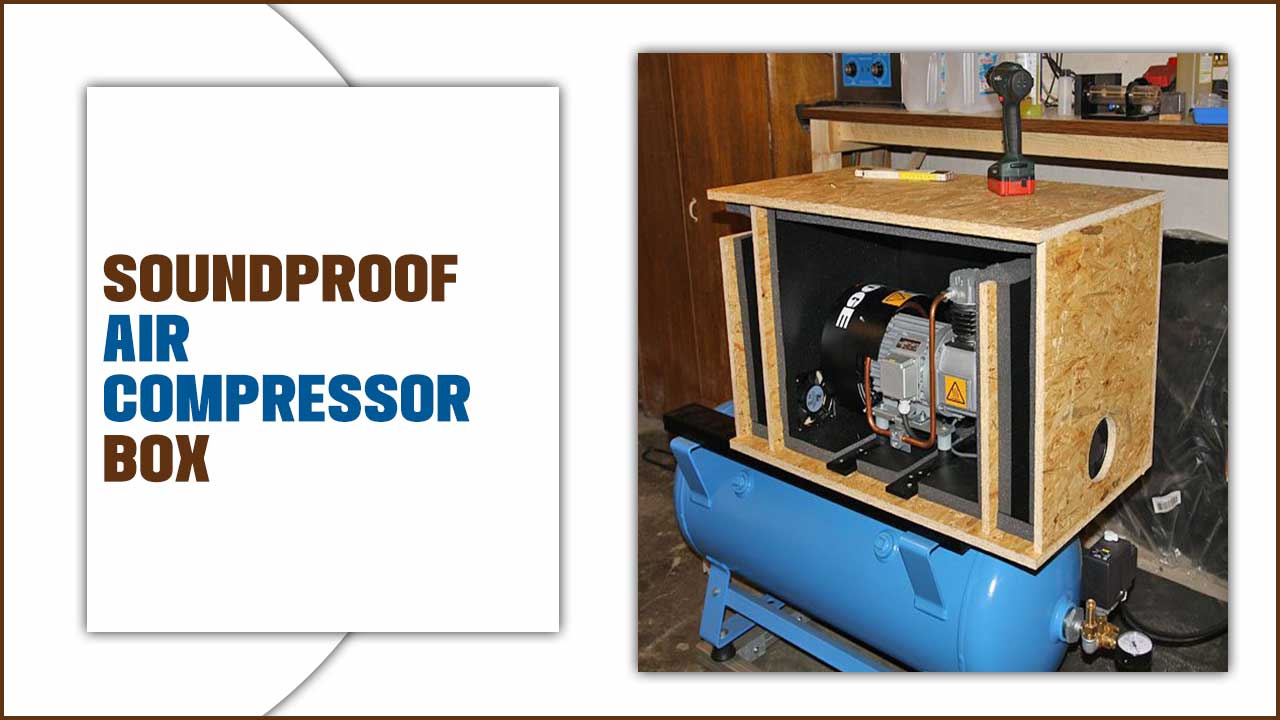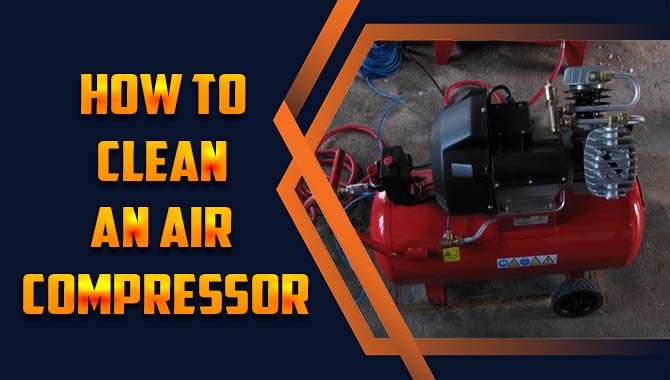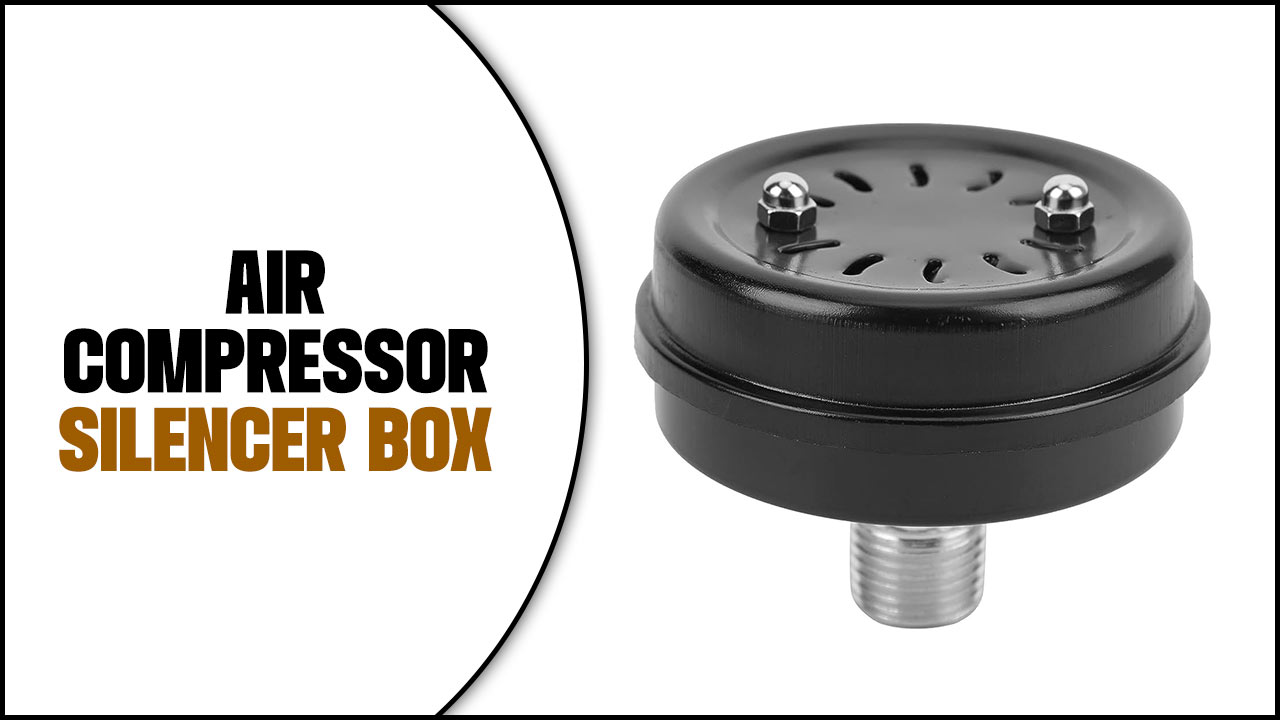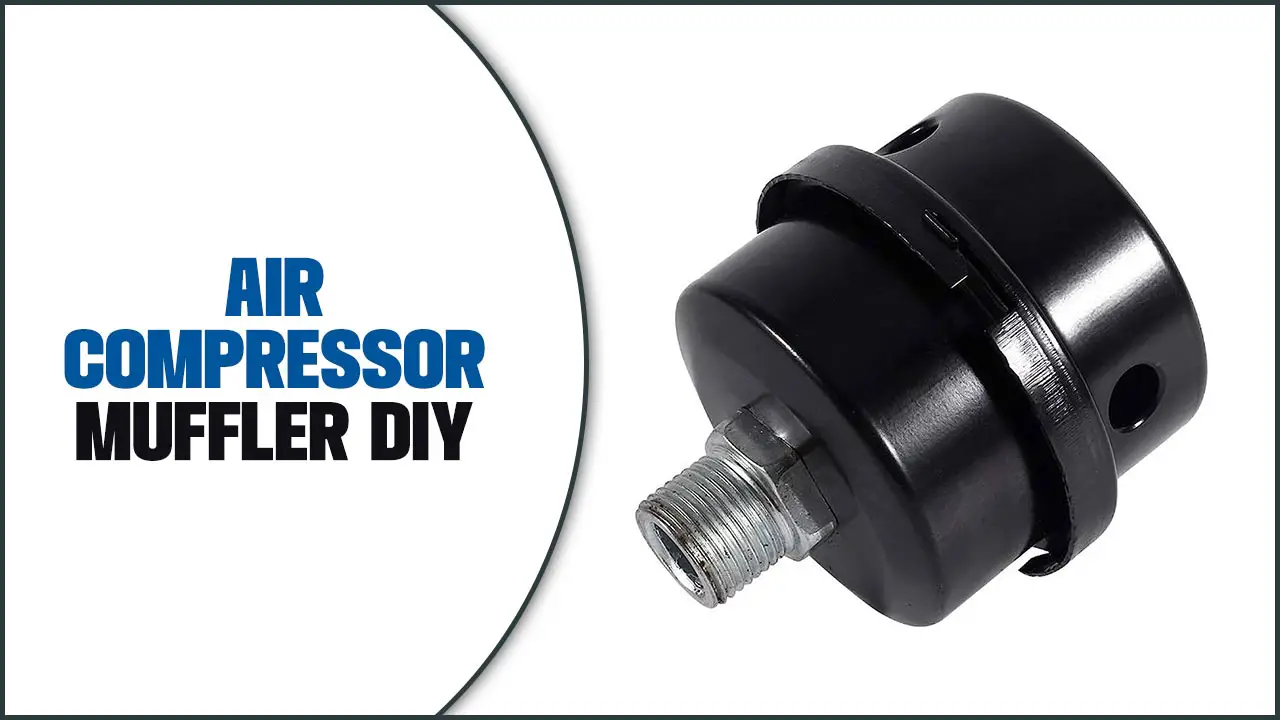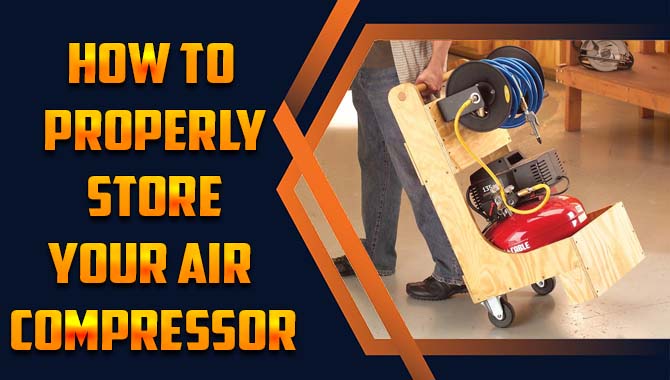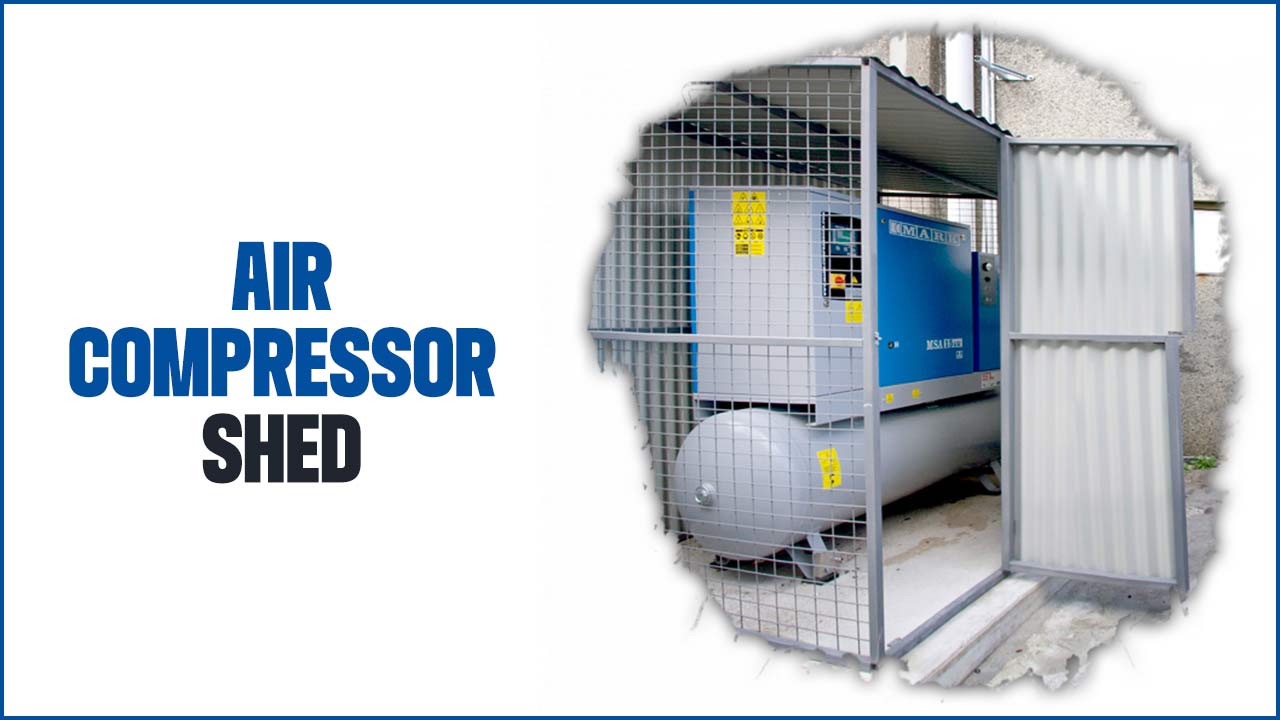An outdoor air compressor enclosure serves multiple purposes. It protects from the elements, such as rain, snow, and extreme temperatures, ensuring the longevity of your equipment.
Additionally, enclosures are designed to reduce noise levels, making them suitable for installations in noise-sensitive areas. They also offer security by preventing unauthorized access and safeguarding against theft or vandalism.
Moreover, enclosures help ensure compliance with noise regulations or zoning restrictions that may be in place. By protecting your air compressor from harsh weather conditions, enclosures help maintain optimal performance and efficiency.
Here we will guide you through the step-by-step process of building an enclosure for your air compressor, ensuring its safety from harsh weather conditions. Don’t let your air compressor suffer unnecessary wear and tear.
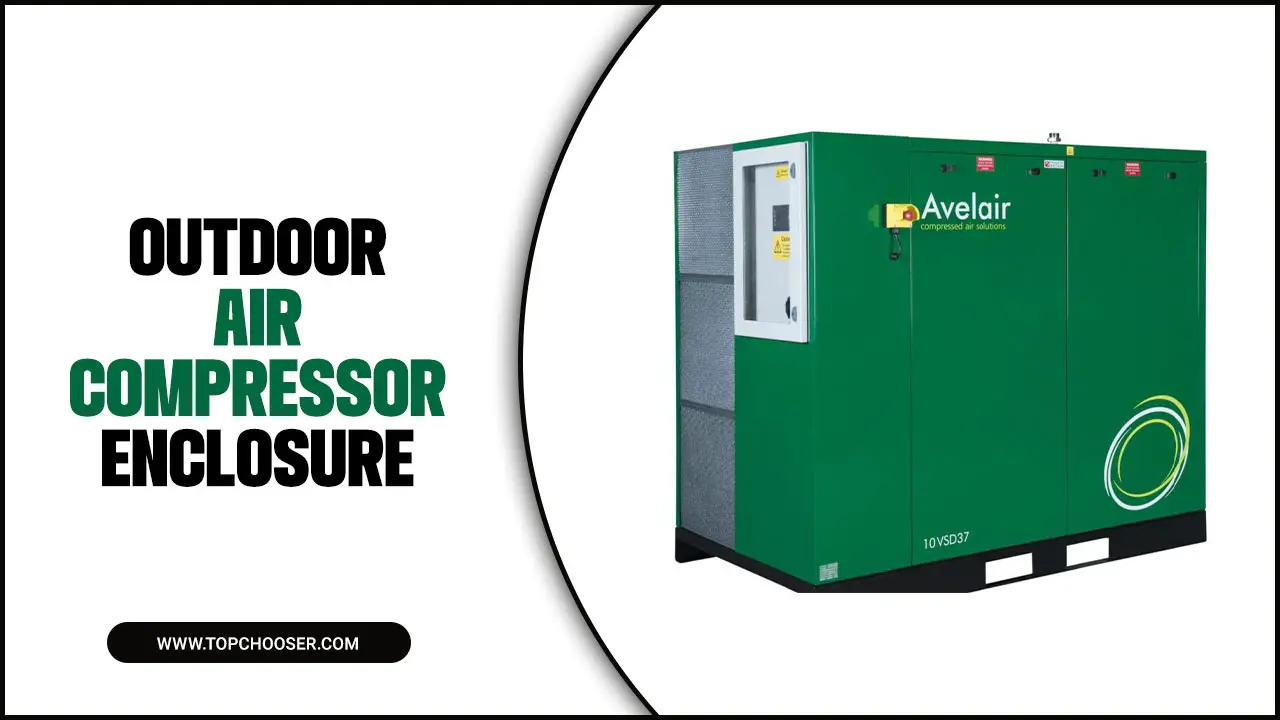
Step-By-Step Processes To Build A Outdoor Air Compressor Enclosure
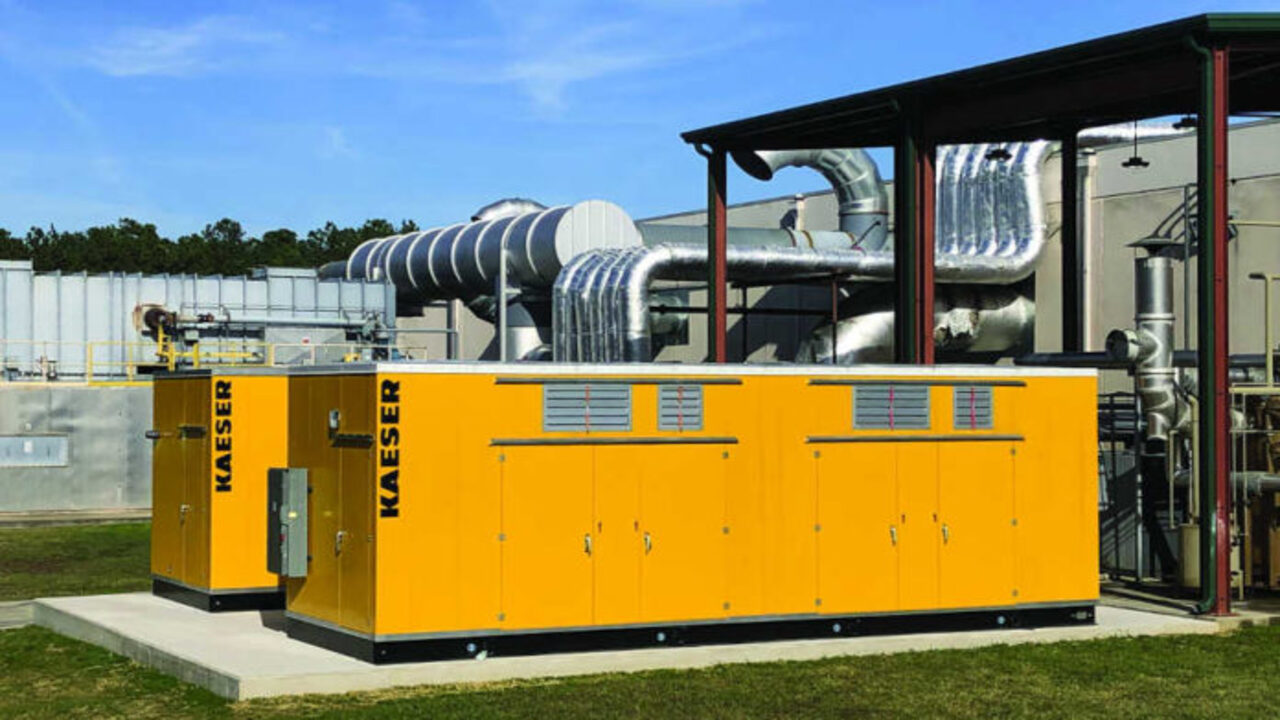
Steps to consider when selecting an enclosure for your outdoor air compressor include evaluating the material quality, ensuring proper ventilation, and considering the dimensions needed.
Proper enclosure installation involves securing it firmly in place and ensuring a proper air intake. Maintaining the enclosure involves periodic cleaning, checking for wear and tear, and addressing any necessary repairs promptly. Here we provided full guidelines to build your outdoor air compressor enclosure.
Gather Materials And Tools
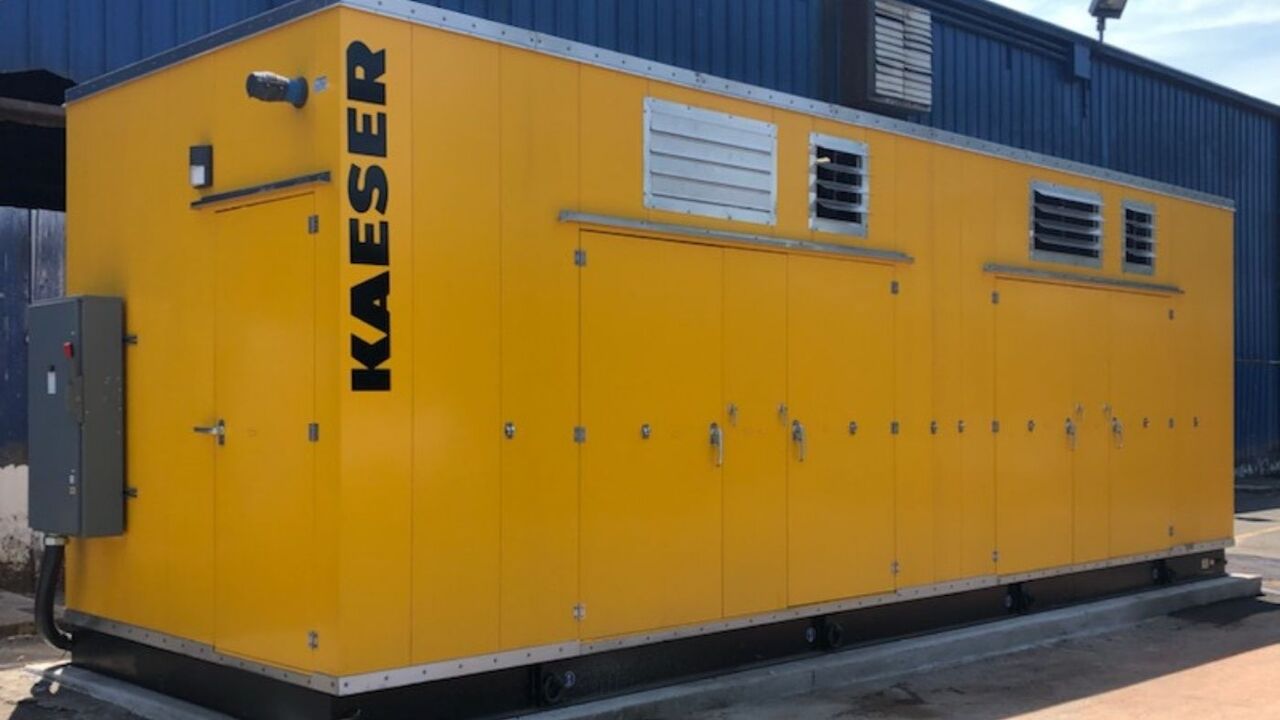
To ensure a successful outdoor compressor enclosure project, gather all the necessary materials, including plywood, screws, hinges, and weatherproofing sealant. You’ll also need tools such as a power drill, saw, tape measure, and screwdriver.
Take precise measurements of your air compressor to determine the size of the enclosure. To protect it from outdoor elements, use weather-resistant materials. Before starting, double-check that you have all the required materials and tools.
Measure And Cut The Panels
To ensure accurate panel sizing, measure the dimensions of your air compressor. Mark the dimensions on the panels using a measuring tape and pencil before cutting. Avoid wasting material by double-checking your measurements. Use a saw or appropriate cutting tool to cut the panels according to your measurements. Smooth out any rough edges or splinters for a professional finish.
Assemble The Frame
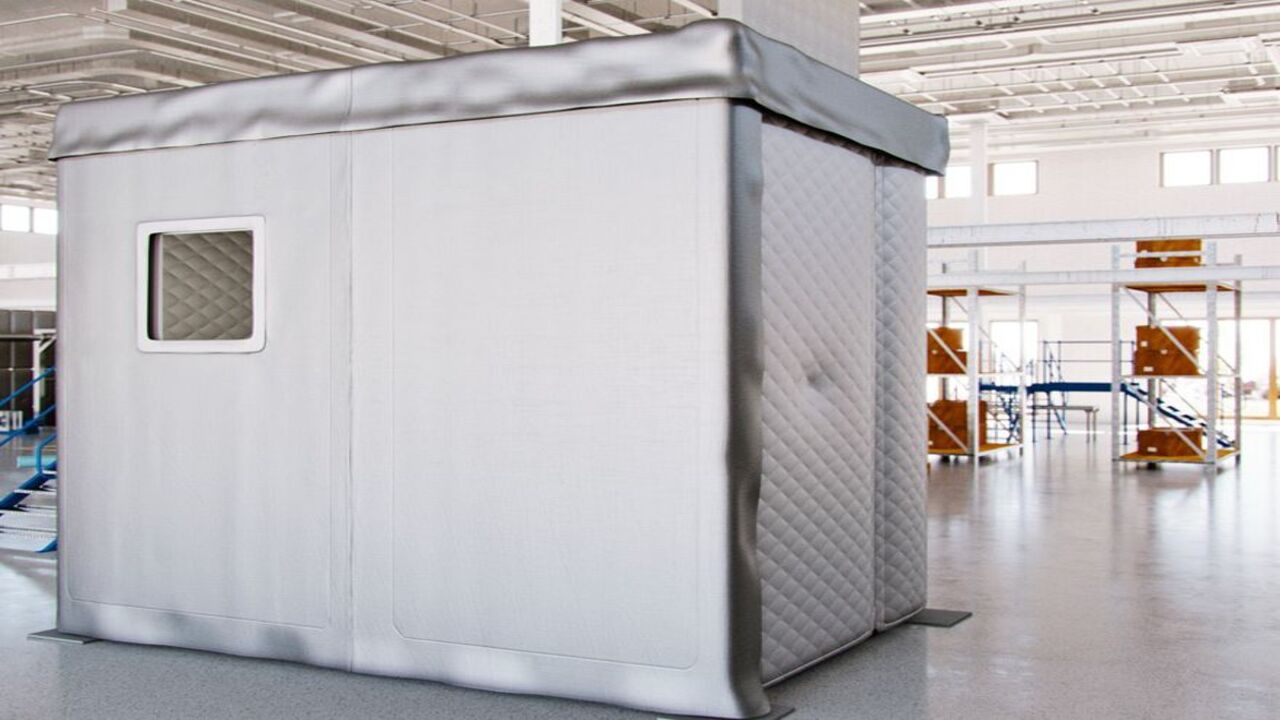
Gather all the necessary materials and tools to assemble the frame for the outdoor compressor enclosure. Follow the instructions carefully to ensure proper alignment and stability. Use sturdy and durable materials to withstand outdoor elements. Securely fasten the frame components with appropriate hardware. Before proceeding to the next step, double-check the frame’s stability.
Install The Panels
To install the panels for your outdoor compressor enclosure, measure and mark the desired location. Use the provided hardware to securely attach the panels to the frame, ensuring proper alignment and levelness. Apply weatherproof sealing or caulking around the panel edges to prevent water infiltration. Double-check that all panels are securely fastened and provide adequate ventilation for the compressor.
Add Insulation
Insulating your outdoor compressor enclosure helps regulate temperature and prevent condensation buildup. Use foam board or fibreglass for a barrier against extreme temperatures. Seal any gaps or cracks in the enclosure for maximum insulation effectiveness. Insulation also reduces compressor noise, creating a peaceful environment. Consult a professional to determine the best insulation options for your specific climate.
Install The Air Compressor
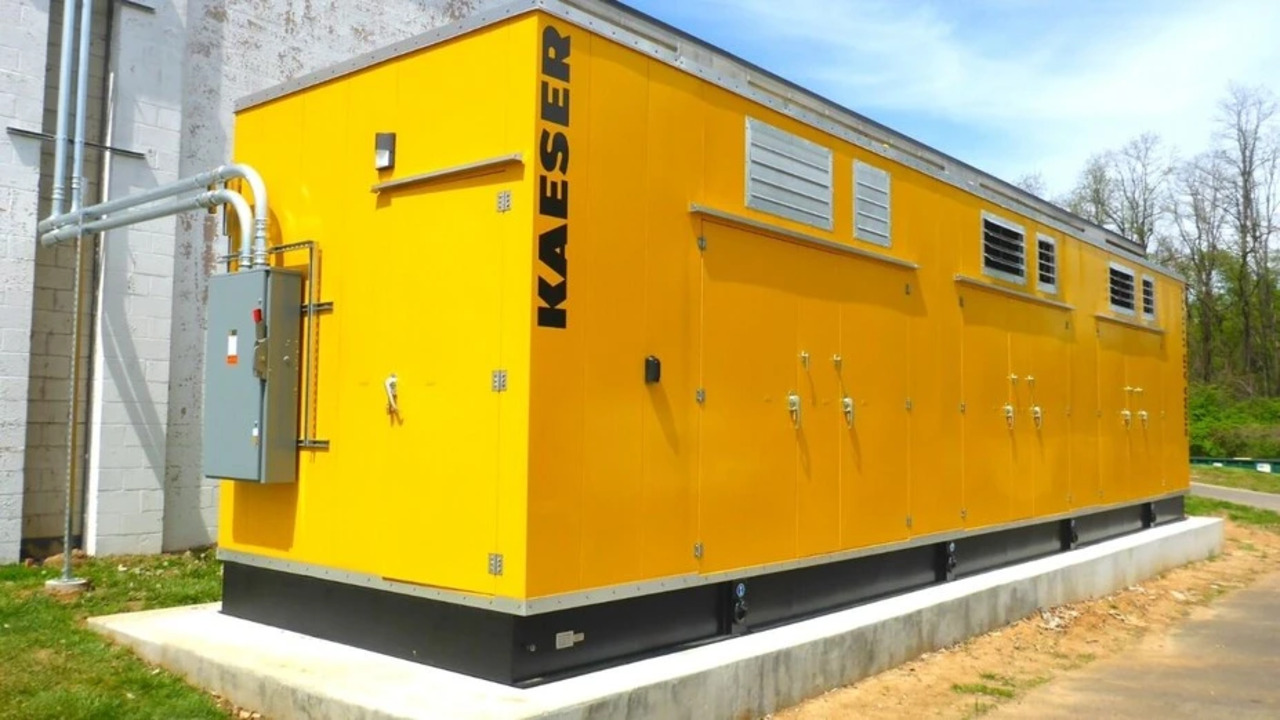
To ensure proper operation, position the air compressor on a level surface. Connect it to a stable power source using appropriate electrical connections. Improve performance by installing necessary filters or regulators. Mount the compressor securely to the enclosure, protecting it from vibrations. Before closing the enclosure, test the compressor to ensure it functions properly.
Seal The Seams
To maintain a tight and secure outdoor compressor enclosure, seams must be sealed. Preventing moisture and debris from entering is crucial for the longevity of your compressor. Seal any gaps or openings with weather-stripping or silicone caulk. Pay attention to doors, windows, and ventilation openings. Regularly check and reseal areas where the sealant may have deteriorated. Protect your equipment from the elements.
Add Ventilation
Proper airflow is essential for the optimal performance of your outdoor air compressor. Installing vents in the enclosure allows fresh air to flow and helps dissipate heat generated by the compressor.
Adequate ventilation also prevents moisture buildup, reducing the risk of rust and corrosion. Consider using louvres or fans to promote air circulation and maintain a cool environment inside the enclosure. Regularly cleaning and maintaining the ventilation system ensures it remains free from debris and obstruction.
Finish With Paint Or Stain
To finish your outdoor compressor enclosure, choose a paint or stain specifically designed for outdoor use. Apply it evenly and thoroughly to protect against weather conditions. Select a colour that complements your outdoor space or matches your home’s aesthetics. Allow the paint or stain to dry fully before exposing the enclosure to any elements. Regularly inspect the finish for wear and reapply as needed.
The Role Of Enclosures In Protecting Air Compressors
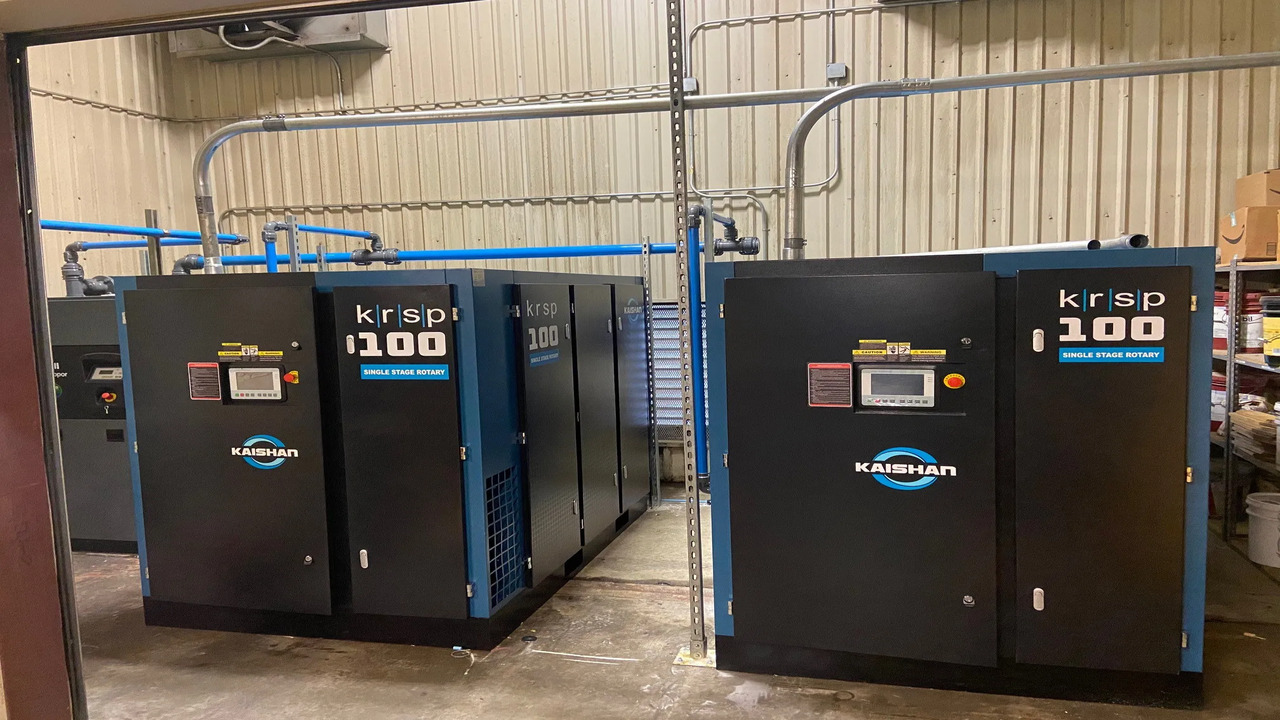
Outdoor compressor enclosures are crucial in protecting air compressors from various elements. These enclosures shield against rain, snow, extreme temperatures, and other weather conditions that can damage the equipment. Additionally, enclosures help reduce noise levels generated by air compressors, making them more suitable for outdoor installations.
By preventing dust, debris, and contaminants from entering the equipment, enclosures can also extend the lifespan of air compressors. Properly designed enclosures ensure adequate ventilation, preventing overheating and ensuring optimal performance. Furthermore, these enclosures offer security by protecting air compressors from theft or vandalism. Different enclosures, such as soundproof and weatherproof, cater to specific needs and requirements.
Factors To Consider When Choosing An Air Compressor Enclosure
When choosing an air compressor enclosure, several factors should be considered. Noise reduction is crucial, so look for an enclosure that effectively reduces noise levels. Weather resistance is also important; ensure the enclosure is made from durable materials capable of withstanding weather conditions.
Proper ventilation is essential to prevent overheating and maintain optimal performance. Consider enclosures with security features like locks. Easy access to maintenance and repairs is necessary. Lastly, choose an enclosure that fits your air compressor model and allows for proper airflow and operation.
Maintenance Tips For Your Air Compressor Enclosure
Regularly cleaning the enclosure is essential for optimal performance. It helps remove dust and debris that can clog the compressor’s intake and affect airflow. Checking for damage like cracks or leaks is crucial, as prompt repairs prevent further issues.
Proper ventilation prevents overheating, ensuring the compressor operates smoothly. Insulating the enclosure protects against extreme temperatures and weather conditions. Regular lubrication of moving parts promotes longevity and efficient operation. Installing a security system adds an extra layer of protection against unauthorized access.
Regular Checks And Cleaning Routines
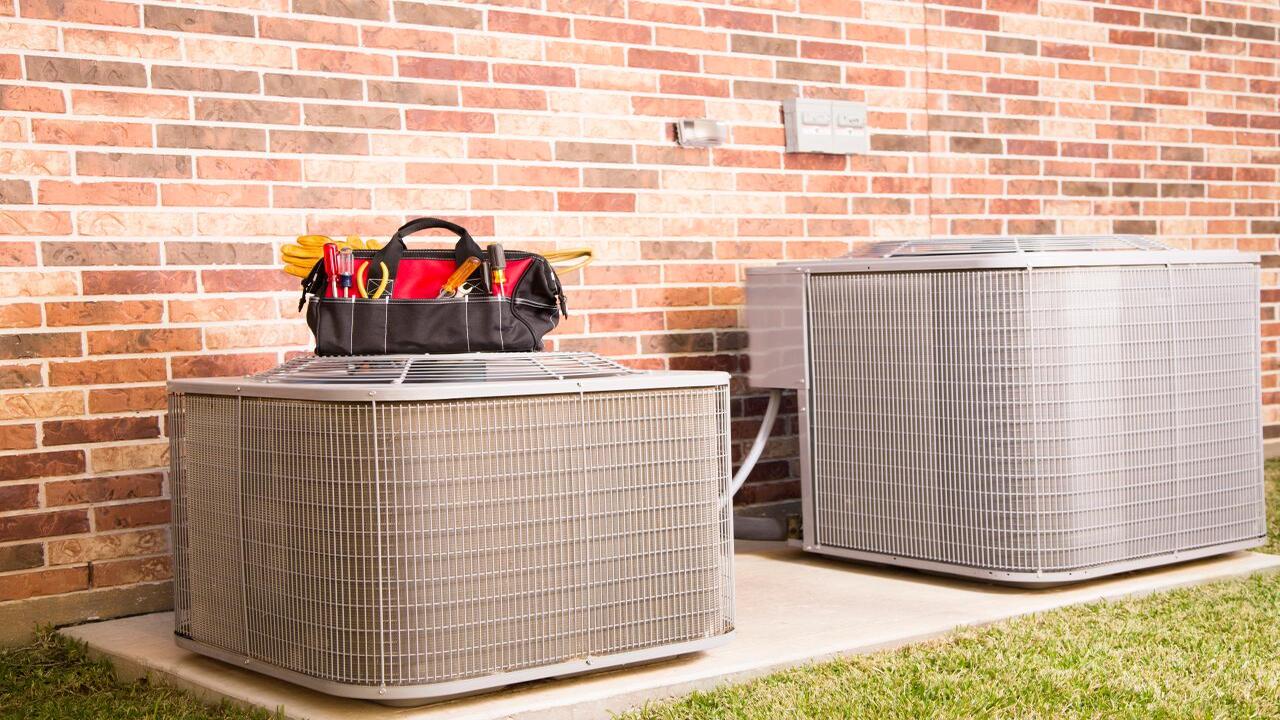
Regular checks and routine inspections are crucial for maintaining the proper functioning of an outdoor compressor enclosure. These checks help identify any signs of wear and tear, allowing for timely repairs and preventing potential issues.
Cleaning routines are also essential to remove dust, debris, and moisture from the enclosure, promoting optimal airflow and preventing overheating. Following maintenance schedules is the key to ensuring the compressor’s and the enclosure’s longevity.
Conclusion
An outdoor air compressor enclosure is a crucial investment to protect your equipment from the elements and extend its lifespan. Following a step-by-step guide, you can easily build an enclosure that suits your needs. Additionally, consider material durability, ventilation, and maintenance requirements when choosing an enclosure.
Regular checks and cleaning routines will ensure that your enclosure remains in optimal condition. Remember to address wear and tear promptly to avoid any potential damage to your air compressor. Overall, by prioritizing the protection of your outdoor air compressor, you can maximize its efficiency and performance for years to come.
Frequently Asked Questions
[rank_math_rich_snippet id=”s-ed28bfcf-26aa-4ae3-9021-9ca375e869f0″]

I am passionate about home engineering. I specialize in designing, installing, and maintaining heating, ventilation, and air conditioning systems. My goal is to help people stay comfortable in their homes all year long.

